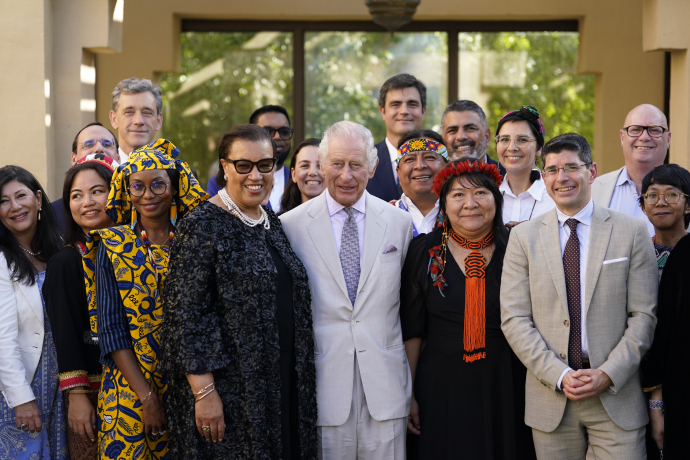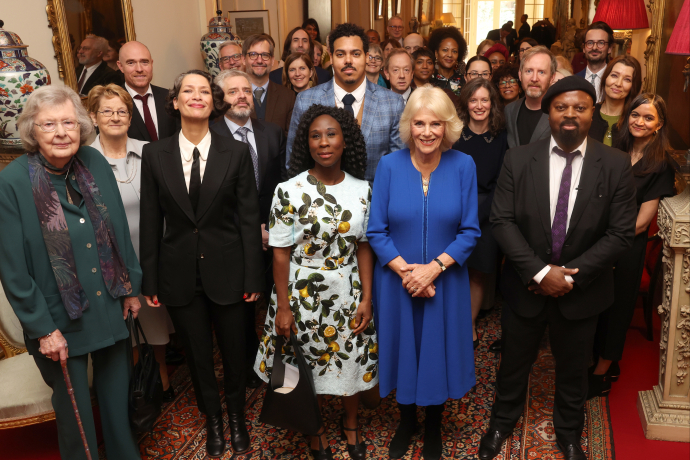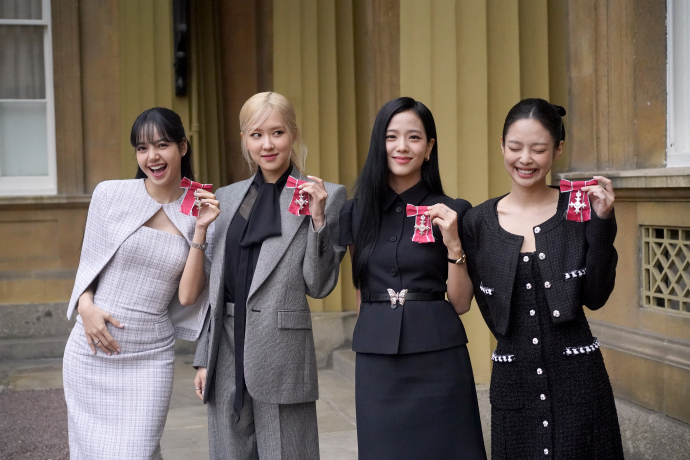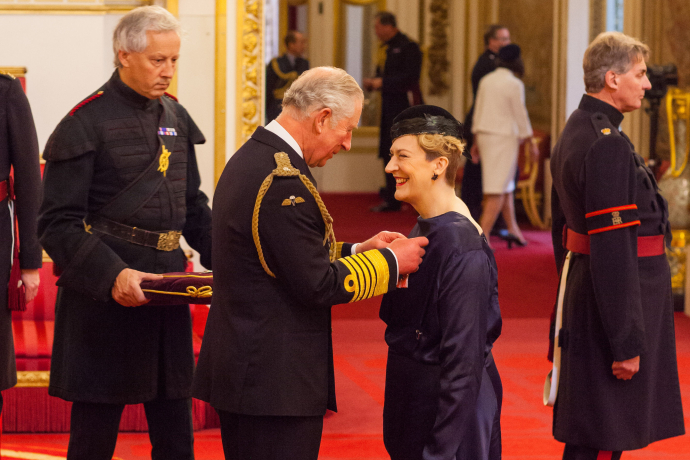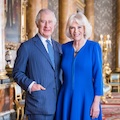The King presents new Standards and Colours at Buckingham Palace
Published
His Majesty The King, Head of the Armed Forces, accompanied by Her Majesty The Queen Consort, presented new Standards and Colours to the Royal Navy, the Life Guards of the Household Cavalry Mounted Regiment, The King’s Company of the Grenadier Guards and The King’s Colour Squadron of the Royal Air Force at Buckingham Palace.
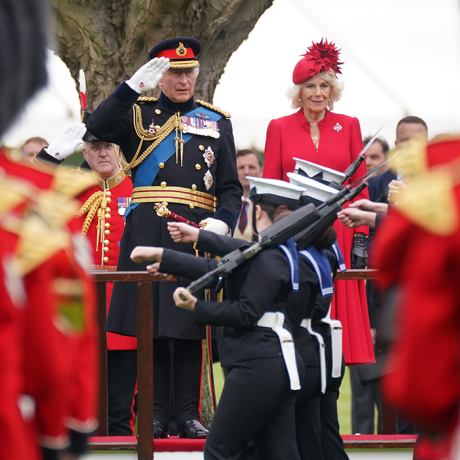
The parade will take place in the Quadrangle and Garden of Buckingham Palace, and marks the first Colours presentation at which all three Services of the Armed Forces were represented.
The four Colours and Standards consecrated will be seen during Their Majesties’ Coronation Procession on Saturday, 6th May.
Firstly, in the Quadrangle of Buckingham Palace, His Majesty received a Royal Salute from the Life Guards of the Household Cavalry Mounted Regiment.
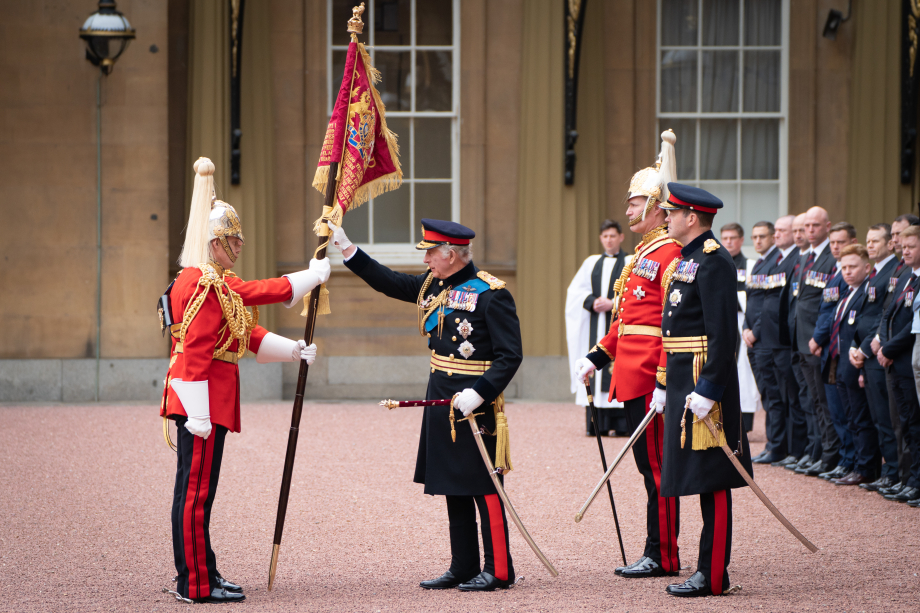
The new Standard of the Life Guards were consecrated by the Chaplain General, before being presented by The King to the Regiment.
His Majesty was then joined by The Queen Consort, Colonel, Grenadier Guards, on the North Lawn of the Garden of Buckingham Palace where personnel from the Royal Navy, The King’s Company of the Grenadier Guards and The King’s Colour Squadron of the Royal Air Force were assembled, alongside the Royal Marines Band and the Band of the Royal Air Force Regiment.
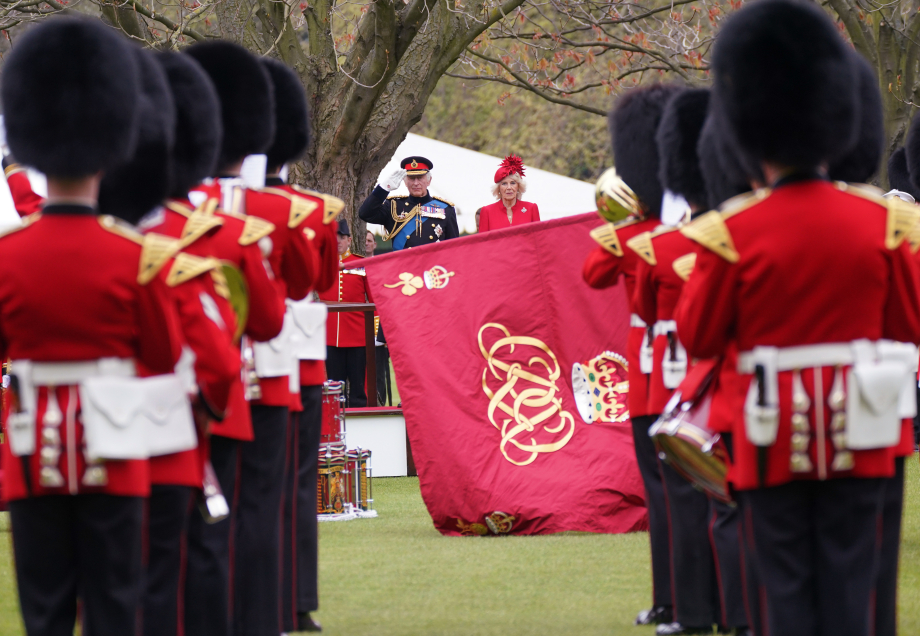
Their Majesties were met by a Royal Salute and National Anthem, before the colours were blessed by the three Service Chaplains.
The King then officially presented the new Colours, and then gave a short speech:
It is some eighty-five years since a King’s Colour has been presented and, on such a special occasion, I particularly wanted to express my heartfelt appreciation to each and every one of you, as representatives from the three Services, for your loyal service over the course of her remarkable reign, to The late Queen who, I know, held you all in such high regard.
There was a final Royal Salute before the parade marched off.
Colours and Standards
The term ‘Colours’ appears to have come into regular usage in the late 16th Century, when they were used as rallying points on the battlefield, helping troops locate each other and avoid becoming disorientated during the fog of war. Today, Colours are a formalised continuation of the ancient battlefield practice mentioned above, being the ceremonial evidence of the spirit of a Service or Regiment.
The Life Guards of the Household Cavalry Mounted Regiment
Formed in 1660, the Life Guards celebrated their 350th anniversary in 2010. The Regiment has its origins in a three cavalry troops of loyal gentlemen who accompanied King Charles II to the Netherlands during his exile (1652-59) and formed themselves into a military bodyguard to protect the Sovereign.
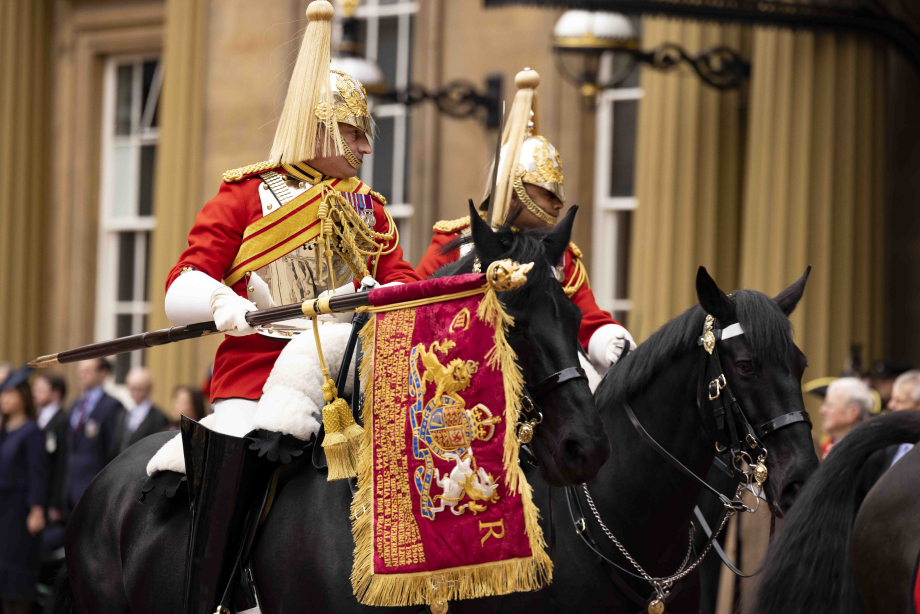
All Household Cavalrymen alternate their service between the operational and ceremonial duties, meaning that many of those on parade have seen active service.
The Sovereign’s Standard of the Life Guards is made of silk damask, with gold thread embroidery and fringe. It bears the Royal Arms and the battle honours of the Regiment.
The Royal Navy
The Royal Navy is the oldest of the UK’s three Armed Services, and has units deployed on operations around and at home, working to uphold maritime trade, protect UK national security and build international partnerships. As Prince of Wales, His Majesty embarked on a Naval career in 1971, following in the footsteps of His Majesty’s father, grandfather and both his great-grandfathers.
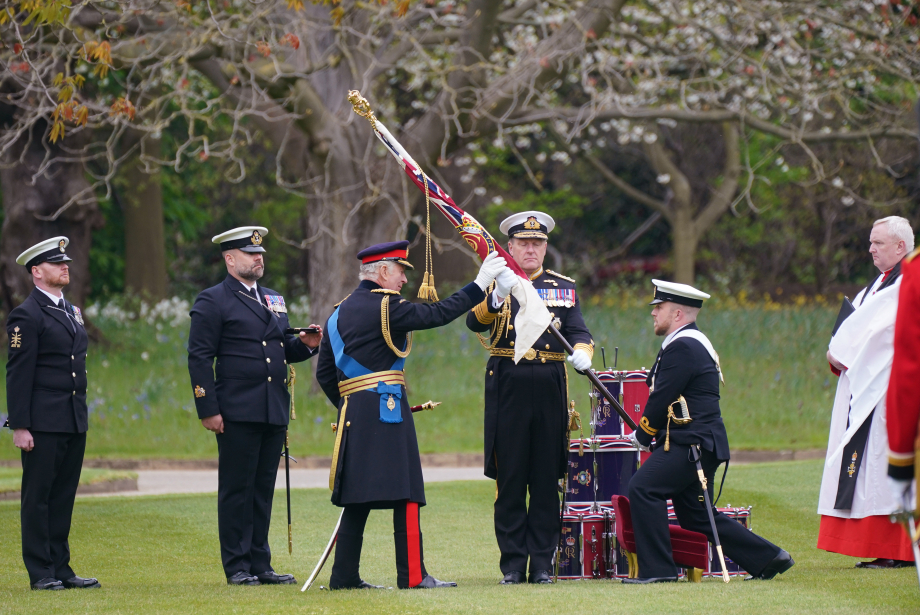
The King’s Colour was first introduced to the Royal Navy in 1924 when it was approved by King George V, and consists of a silk white ensign bearing the Royal cypher, red, white and blue silk cord and gold tassels. The Royal Navy’s Colour serves an almost exclusively ceremonial role and is held securely in Navy Command Headquarters in Portsmouth, only visible to the public when it is paraded for major ceremonial occasions requiring a Royal Guard and Colour Party, such as the Coronation.
The King’s Company, Grenadier Guards
While The Queen Consort serves as Colonel of the Grenadier Guards, The King is Company Commander of The King’s Company, which is one of the oldest bodies of regular serving troops in the British Army, predating the Restoration of the Monarchy in 1660.
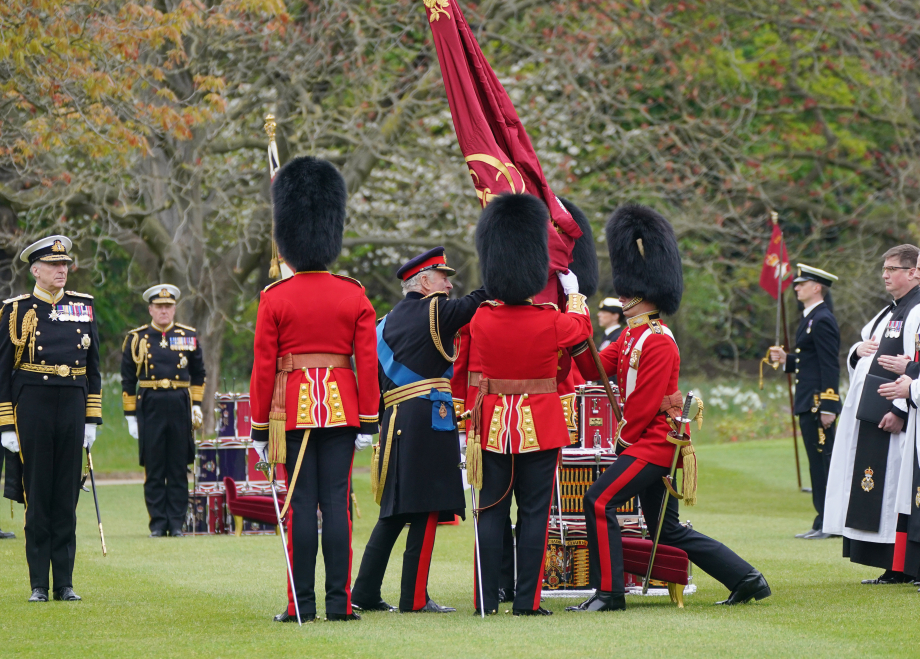
As the first regiment of Foot Guards now known as the Grenadier Guards established its companies in the 17th century, King Charles II gave orders that the command (or Captaincy) of the first Company of the first regiment of Foot Guards be reserved for Himself, and that this Company would, henceforth, be known as The King’s Own Company.
Today, the Grenadier Guards are one of the most senior infantry regiments in the British Army, specialising in Light Role Infantry operations, and kept ready to deploy anywhere in the world at short notice, while also carrying out ceremonial duties in London and Windsor.
The King’s Company Colour, the Royal Standard of the Grenadier Guards, is carried only when the Regiment is employed on ceremonial duties in the presence of His Majesty. The Colour is the personal gift of The Sovereign, presented only once in each reign, and is laid at the feet of Sovereigns who have passed, upon their catafalques.
The Colour bears The King’s cypher ensigned with the Crown. In the four corners are the national badges of the United Kingdom, each ensigned with the Crown. It is made of heavily gold embroidered and tasselled silk, and is much larger than other Regimental Colours, at over 6 feet square. The pole is topped by a large silver gilt crown, presented to the Regiment by King William IV.
The King’s Colour Squadron of the Royal Air Force
The King’s Colour Squadron performs both ceremonial and operational roles, and represents the Royal Air Force at ceremonial events in the UK and abroad. As 63 Squadron RAF Regiment, the unit’s operational name, the unit currently has personnel deployed in the Middle East conducting a Counter-Drone role.
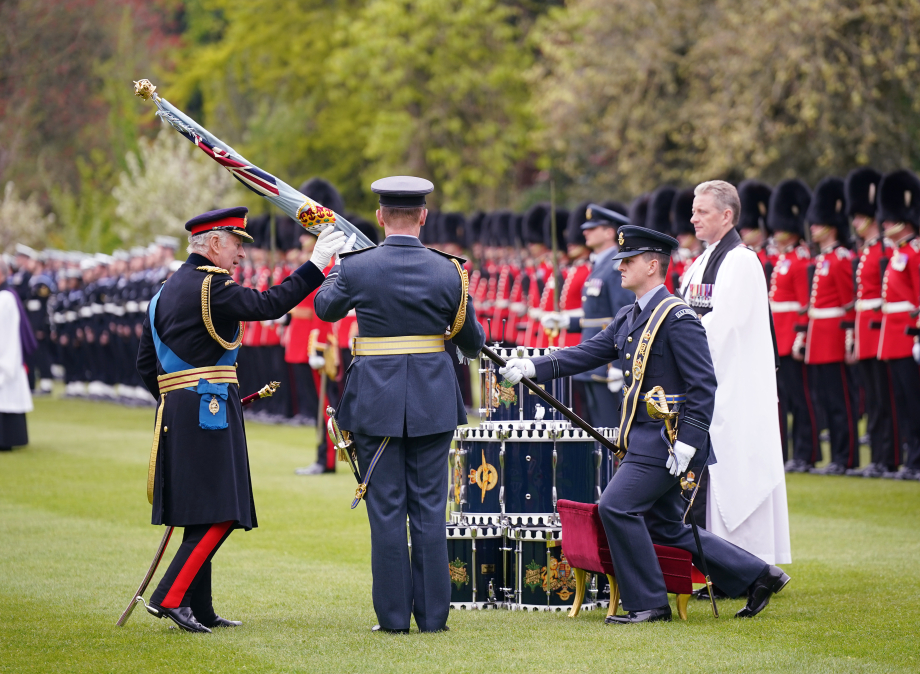
The King’s Colour for the Royal Air Force was first approved by King George VI In 1947, with the first Colour presented on His Majesty’s behalf in 1951 by the then Princess Elizabeth. The Colour is of RAF light blue silk, with light blue and silver tassels and fringe.
Related content
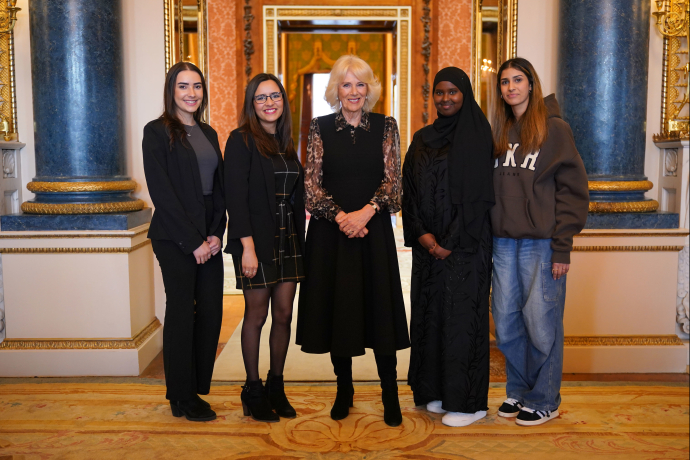
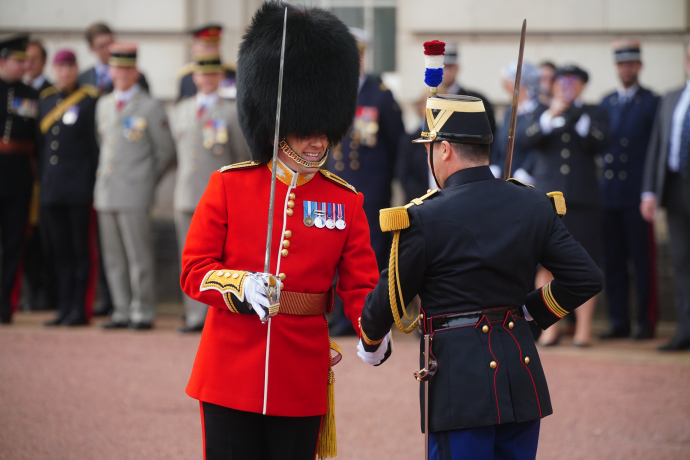
A message from The King on the 75th Anniversary on the Founding of N.A.T.O.
Message from The King for the 2024 Royal Maundy Service
It is my special prayer today that Our Lord’s example of serving one another might continue to inspire us and to strengthen all our communities.
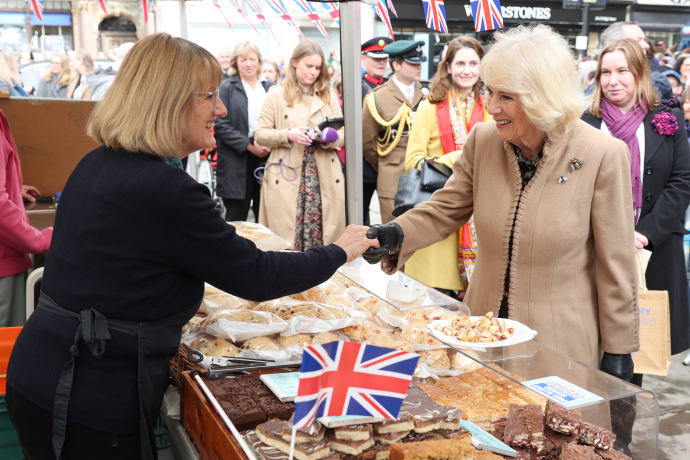
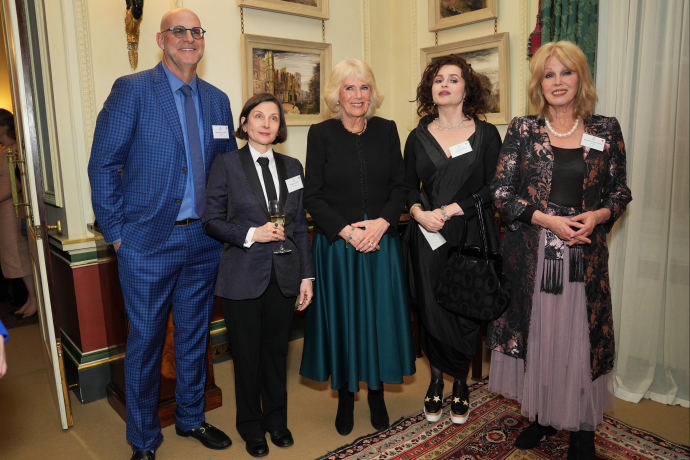
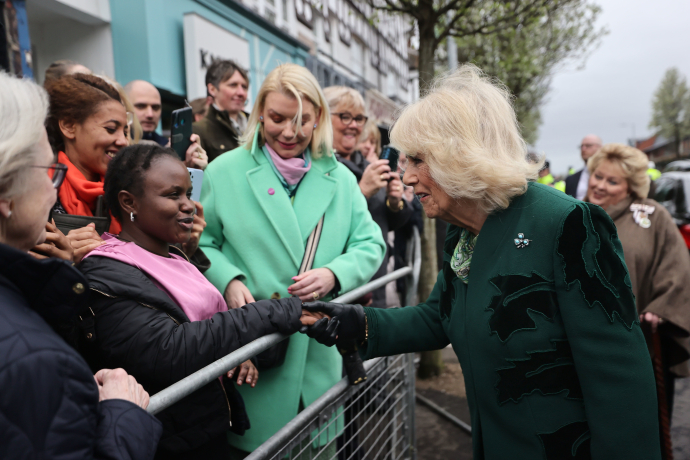
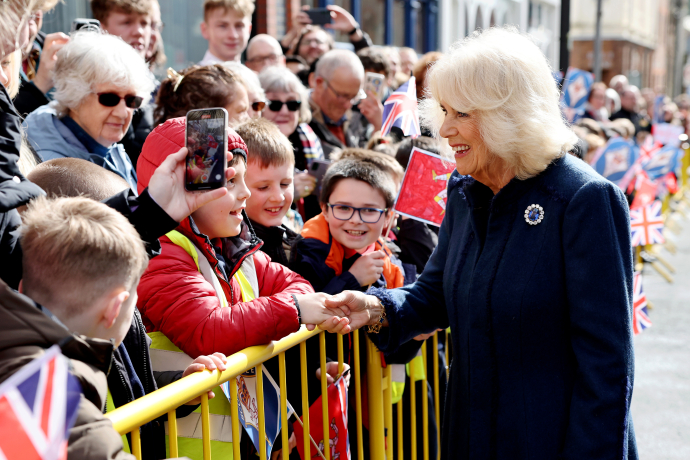
Message from The King to mark the 70th anniversary of the end of the Korean War
It is our duty to remember what was once called “the Forgotten War”.
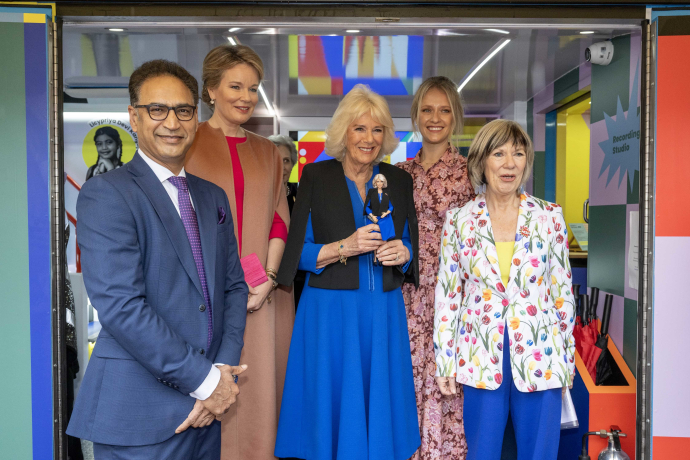
A speech by Her Majesty The Queen at a reception to celebrate International Women’s Day and to mark the end of the WOW Girls Festival Bus tour
Let your lives be the stones that will shatter glass ceilings everywhere and inspire generations to come.
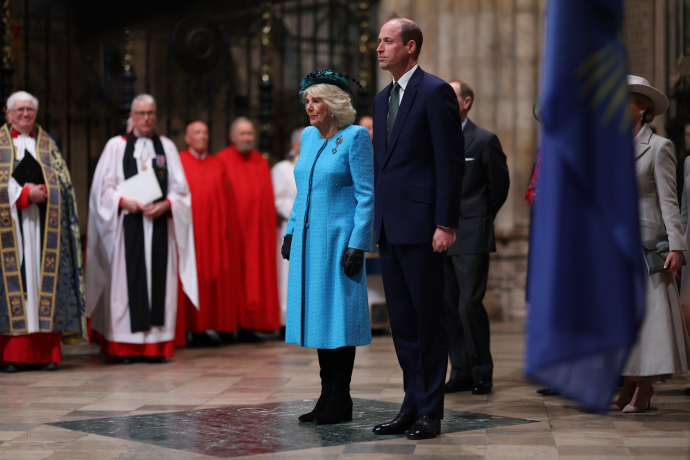
The King's Commonwealth Day Message 2024
The Commonwealth family is strongest when we are connected, through friendship.
A speech by Her Majesty The Queen at the Grand Final of BBC's 500 Words, Buckingham Palace
Between you, you have created more than a million stories of thought-provoking adventure for future generations to study and enjoy. Thank you to everybody who has taken part...
A message of condolence from The King to the President of Tanzania following the passing of former Tanzanian President, Ali Hassan Mwinyi
My thoughts and prayers are with former President Mwinyi’s family and the Tanzanian people at this time.
Charities and Patronages
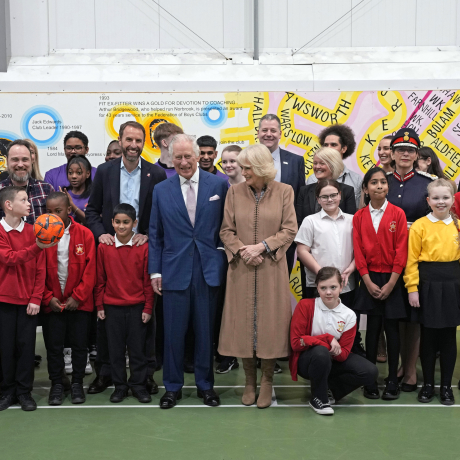
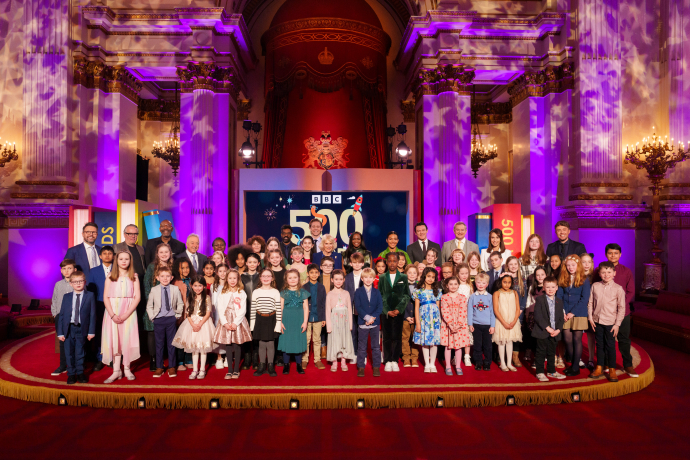
The King's message marking two years of conflict in Ukraine
My heart goes out to all those affected, as I remember them in my thoughts and prayers.
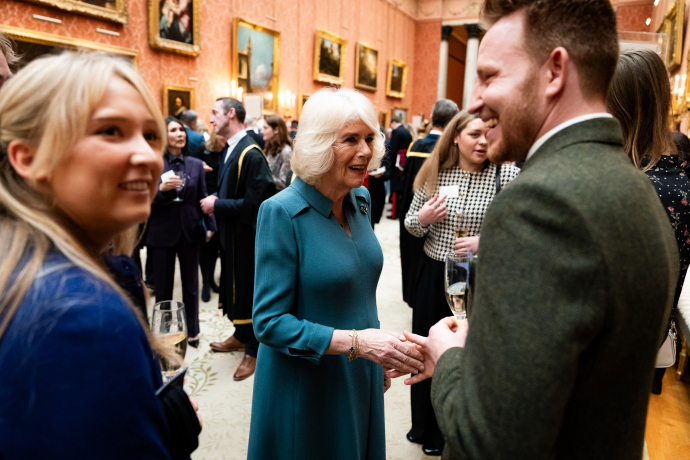
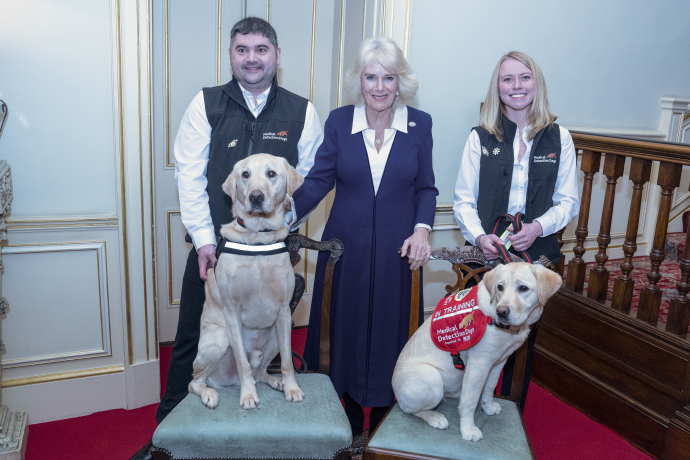
The Queen celebrates the 100th Anniversary of the Poppy Factory at Clarence House
15 February 2024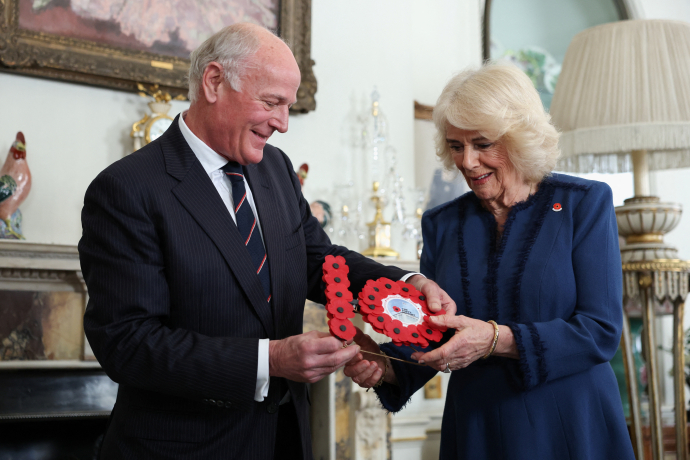
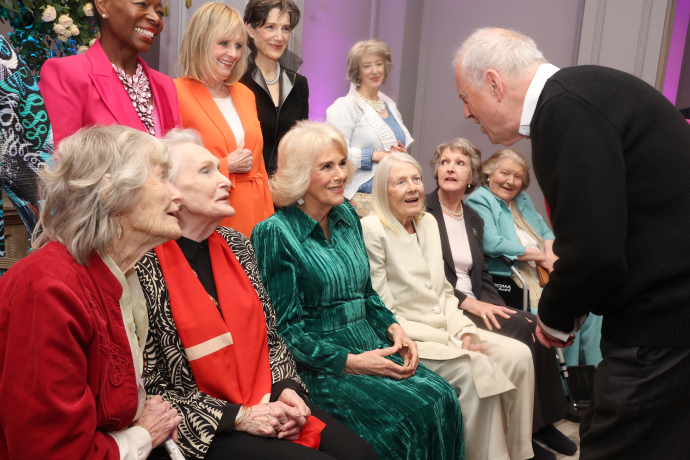
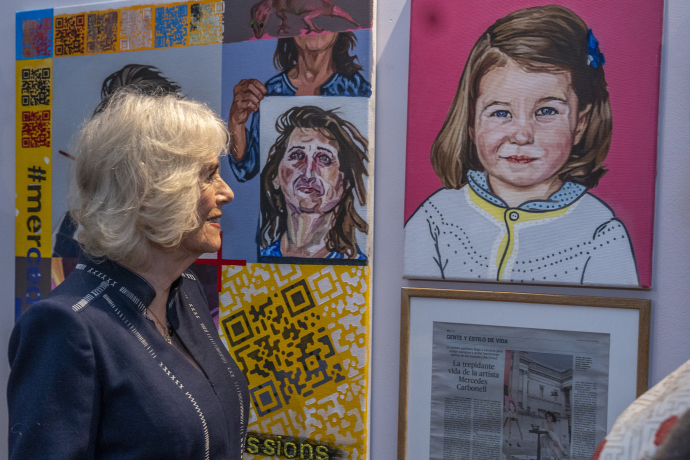
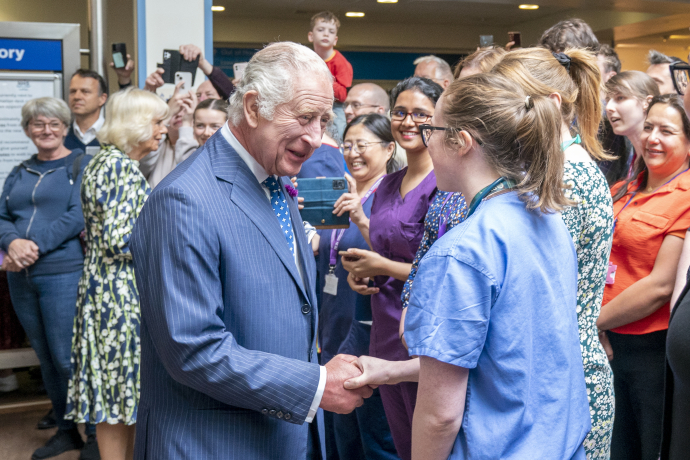
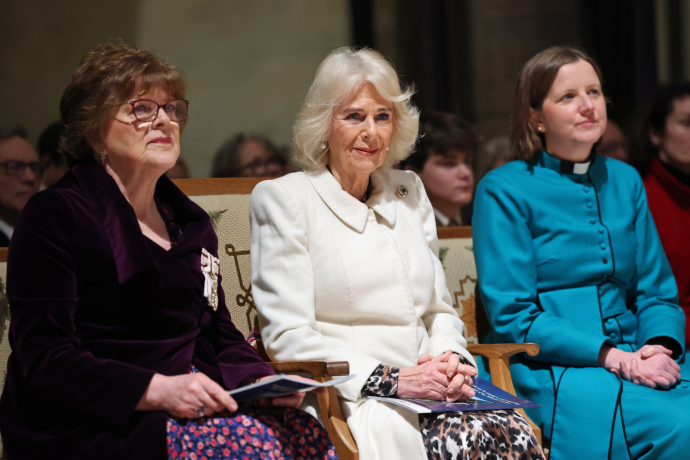
A message from His Majesty The King to Grenada marking their 50th year of Independence
On the occasion of the fiftieth Anniversary of the Independence of Grenada, it gives me great pleasure to send you all my congratulations and warmest good wishes.
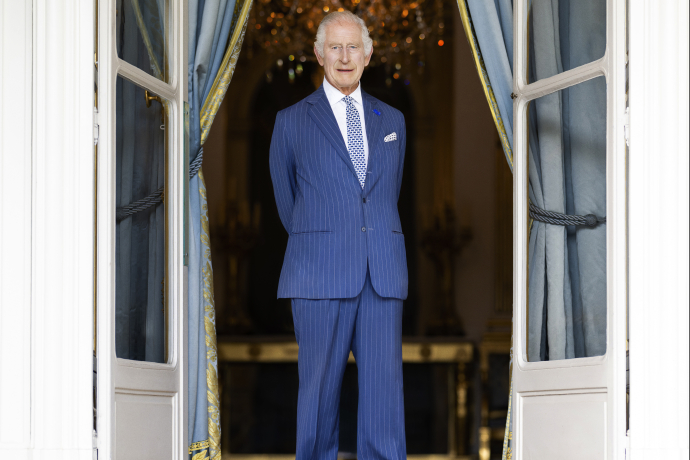
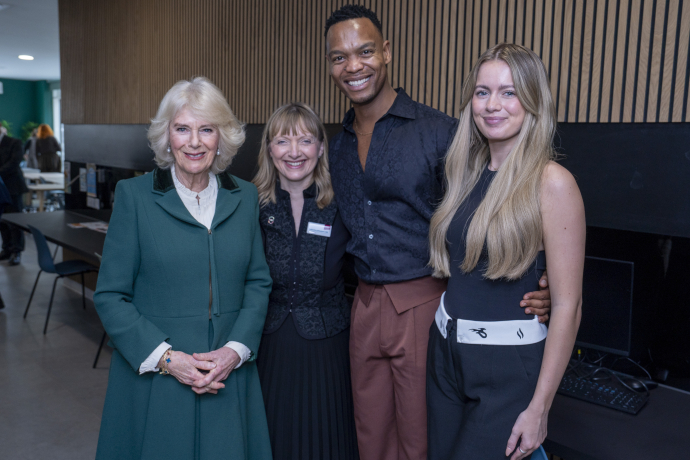
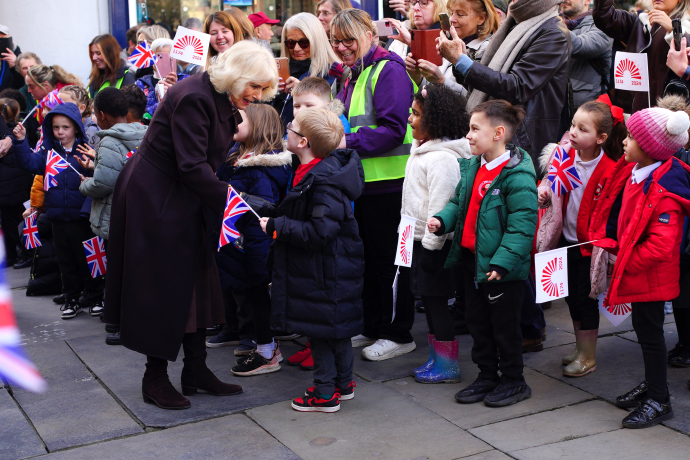
The Queen opened Maggie's new cancer support centre at the Royal Free Hospital
01 February 2024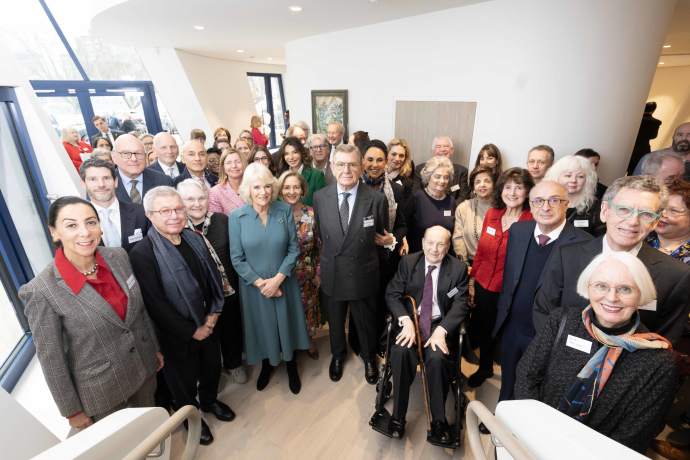
A message from His Majesty The King for the launch of Big Help Out 2024
I have long believed that one of the greatest strengths of our nation is our ability to come together and help each other through times of hardship. Throughout my life, I have...
The Queen hosts authors and illustrators of the new Modern-Day Miniature Library
30 January 2024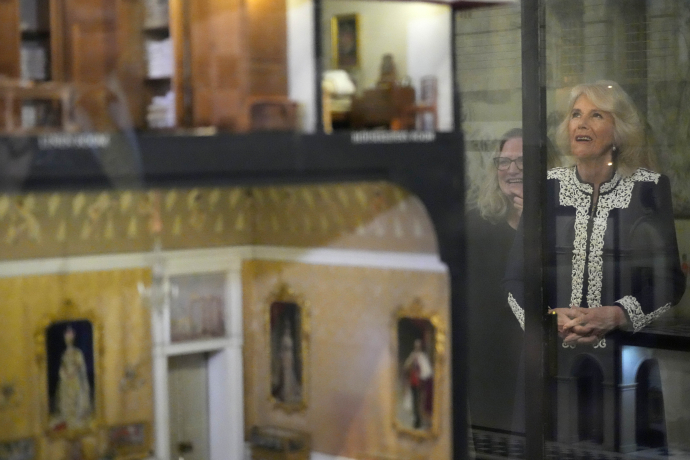
The Queen's Introduction to Queen Mary's Dolls' House's Modern-Day Miniature Library
It has continued to enchant generations of children and adults who come to marvel at its perfect proportions, extraordinary attention to detail and, perhaps above all, the...
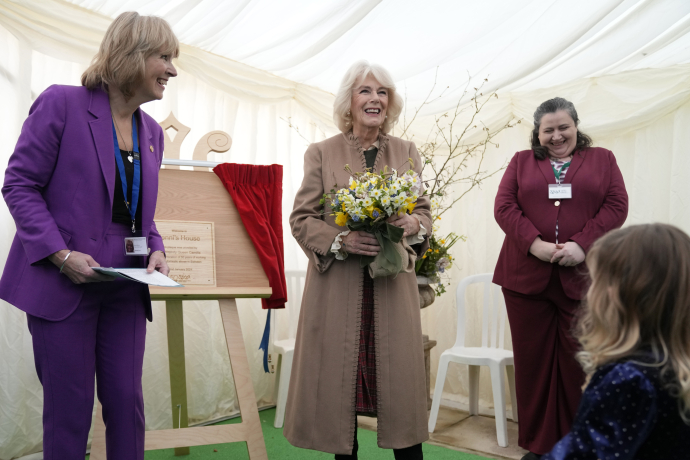
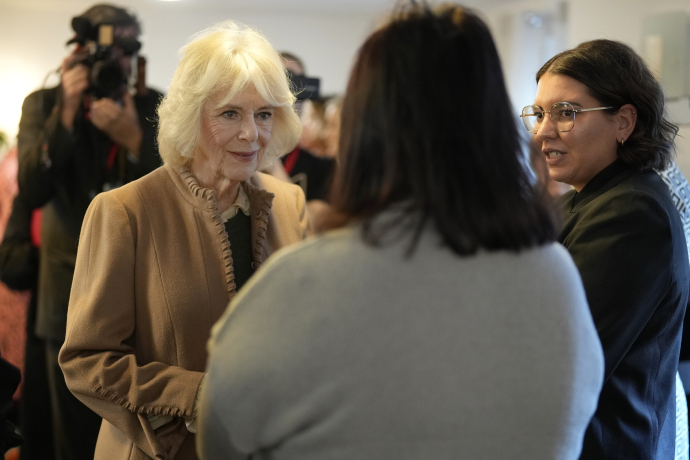
A message from His Majesty The King to Their Majesties King Frederik X and Queen Mary of Denmark
I look forward to working with you on ensuring that the enduring bond between our countries, and our families, remains strong, and to working together with you on issues which...
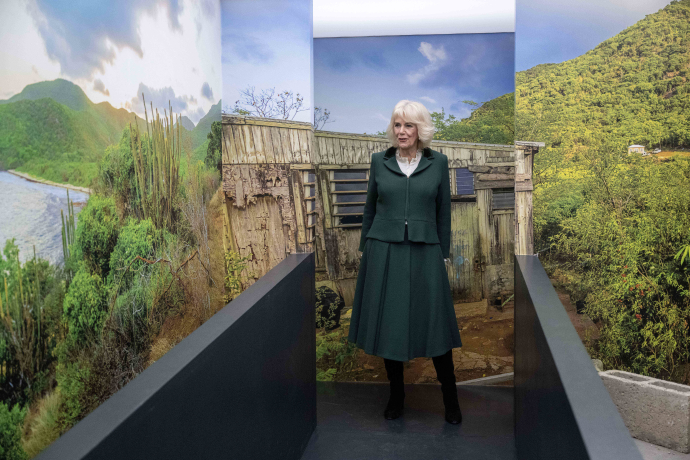
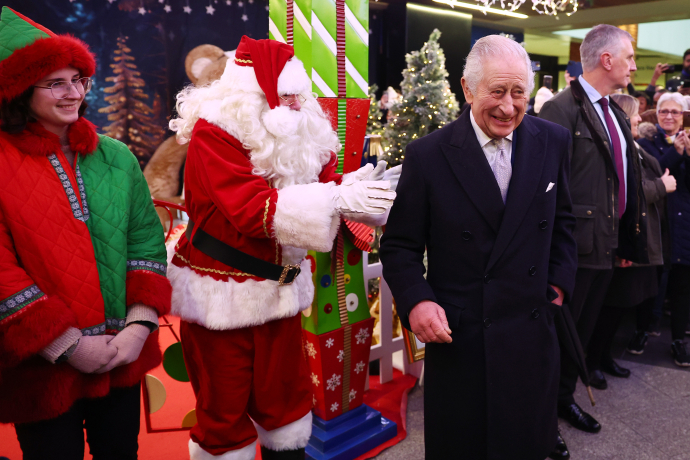
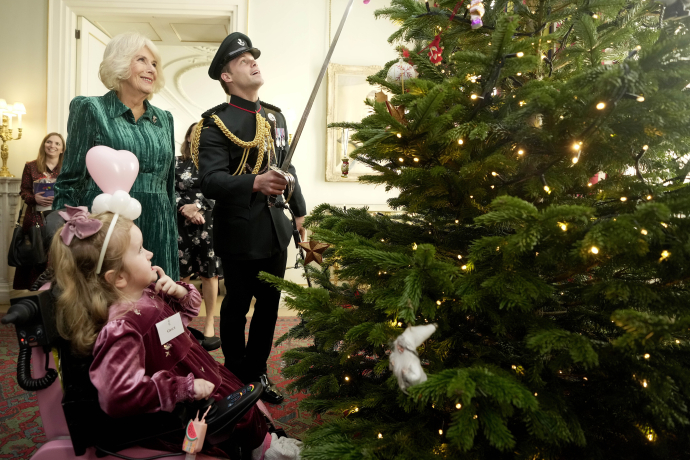
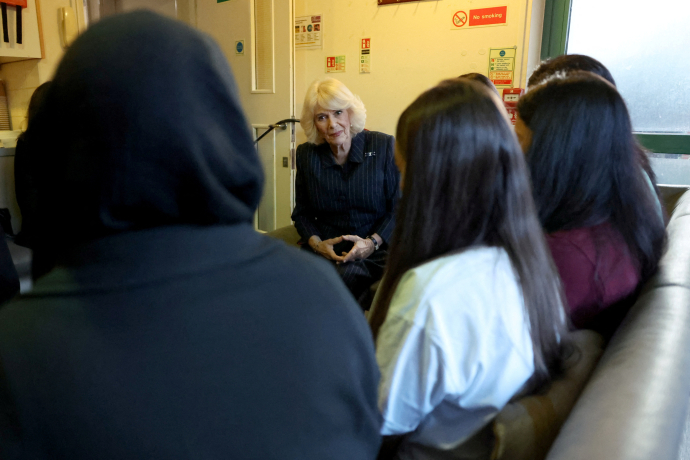
The King and Faith
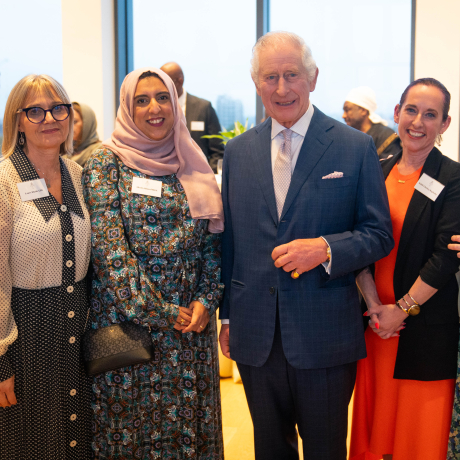
A speech by His Majesty The King at the opening of COP28, Dubai, U.A.E
Change will come by working together and making it easier to embrace decisions that will sustain our world, rather than carry on as though there are no limits – or as though...
